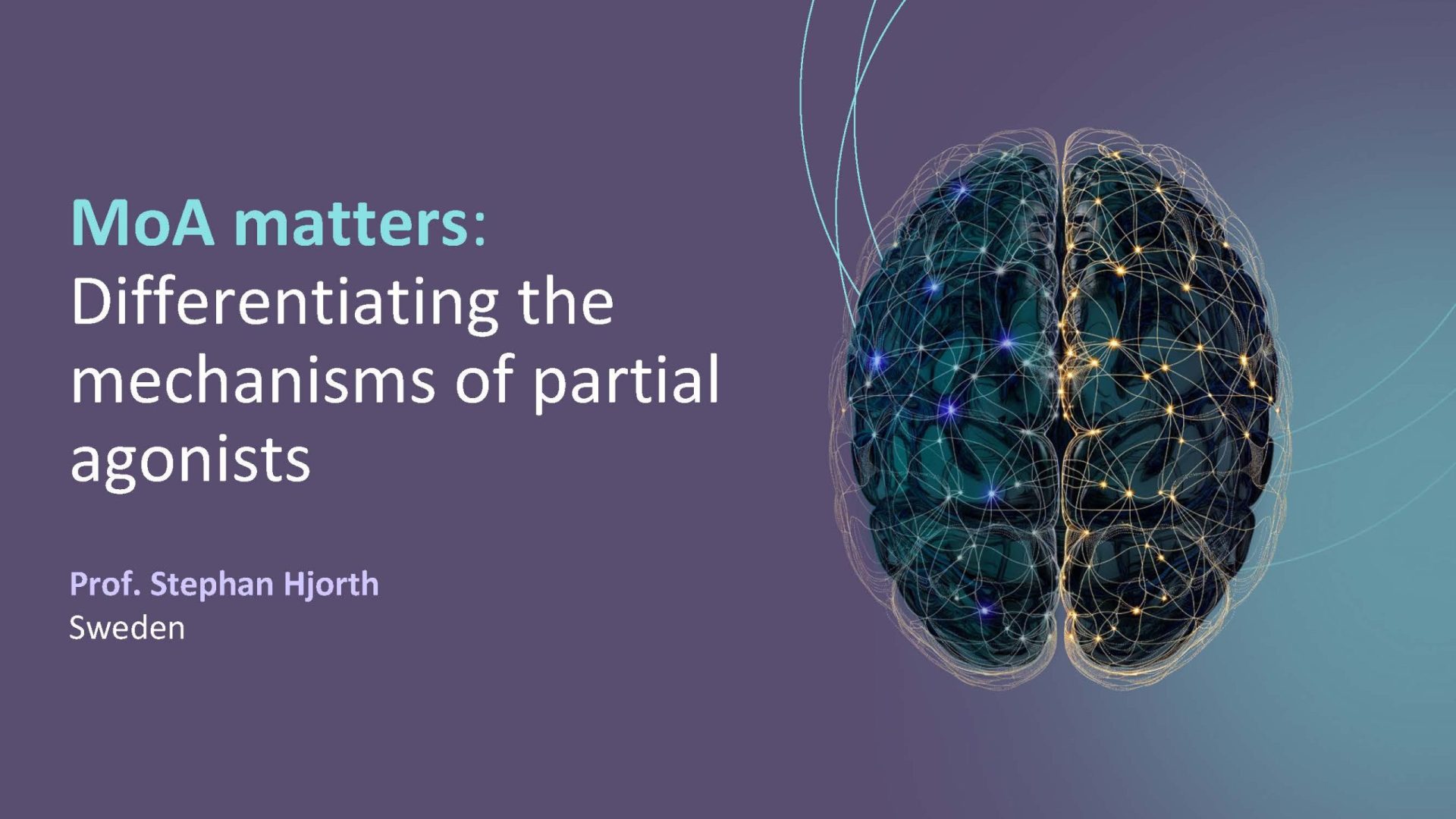Partial Agonism – A Balancing Act
TGAs work by stabilizing dopamine transmission. In areas of high dopamine, they reduce activity; in areas of low dopamine, they enhance signaling.
Why MoA Matters
Each agent targets receptors differently:
Aripiprazole: D2/D3 non-selective partial agonist, longest market presence, available as LAI
Brexpiprazole: 5-HT1A/D2 preferring, higher sedation potential
Cariprazine: Strong D3 preference (~10x), most effective on negative symptoms, least sedating
These pharmacodynamic differences influence efficacy, side effects, and clinical niche.
D3 Receptor – The Differentiator
Cariprazine’s high D3 affinity may underlie its superior effects on negative symptoms, cognition, and potential benefits in dual disorders (e.g., schizophrenia with substance use). D3 receptors are closely tied to motivation, reward, and executive function.
Real-World Relevance
Case studies emphasize that treatment must be individualized. Some patients prioritize mood stability or energy levels, while others need medications that allow focus or avoid side effects like weight gain or akathisia.
Takeaway: Choosing between TGAs isn’t just about class—it’s about clinical precision. Understanding mechanism of action, particularly D3 receptor dynamics, helps tailor treatment to patient needs.
Conclusion:
Partial agonists offer unique opportunities in schizophrenia care, especially when guided by their receptor profiles.
Cariprazine stands out for negative, cognitive and addiction symptoms, minimal sedation, and long half-life.
“MoA matters” is more than a slogan—it’s the path to personalized psychiatry.




